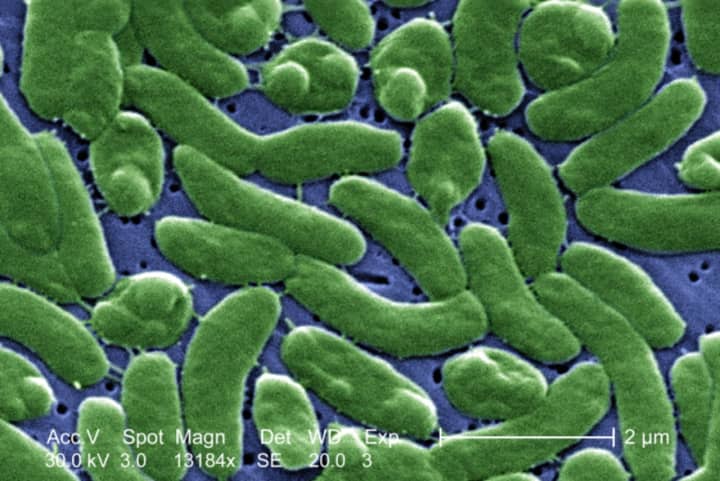Both people died from severe Vibrio vulnificus infections after contracting the bacteria either by consuming raw shellfish or swimming in brackish water in Long Island Sound, according to the Connecticut Department of Public Health.
A third Connecticut resident who developed an infection has been released from the hospital. All three cases involved people between the ages of 60 and 80.
Vibriosis, the term for a Vibrio vulnificus infection, affects 80,000 people each year in the United States, with the majority of cases stemming from eating contaminated food, according to the Centers for Disease Control and Prevention (CDC).
Others get sick from swimming in salt water or brackish water, a mixture of salt and freshwater.
"If you have an open wound, you should never be getting into water because there are any number of bacterias in the water," said Connecticut Commissioner Of Public Health Manisha Juthani.
Most people who become infected recover after about three days with no lasting effects, however those with serious infections require intensive care and possible limb amputation.
Symptoms of vibriosis include diarrhea, stomach cramps, vomiting, fever, and chills. Exposure can also cause ear infections, sepsis, and life-threatening infections, according to health officials.
Those with weakened immune systems and the elderly face the greatest risk for illness.
Experts outline the following steps people can take to avoid becoming infected:
- Don’t eat raw or undercooked oysters or other shellfish.
- If you have a wound (including from a recent surgery, piercing, or tattoo), stay out of saltwater or brackish water, if possible. This includes wading at the beach.
- Cover your wound with a waterproof bandage if it could come into contact with saltwater, brackish water, marine life, or raw or undercooked seafood and its juices. This contact can happen during everyday activities, such as swimming, fishing, or walking on the beach.
- Wash wounds and cuts thoroughly with soap and water after they have contact with saltwater, brackish water, marine life, raw seafood, or its juices.
State officials said the Connecticut Department of Agriculture's Bureau of Aquaculture regularly monitors oyster harvest areas for vibrio levels during the warmer summer months, when the bacteria are more prevalent.
Vibrio vulnificus infections are extremely rare, with just five cases reported in Connecticut in 2020. None were reported in 2021 or 2022.
More information on vibriosis can be found on the CDC website.
Click here to follow Daily Voice Windham and receive free news updates.


